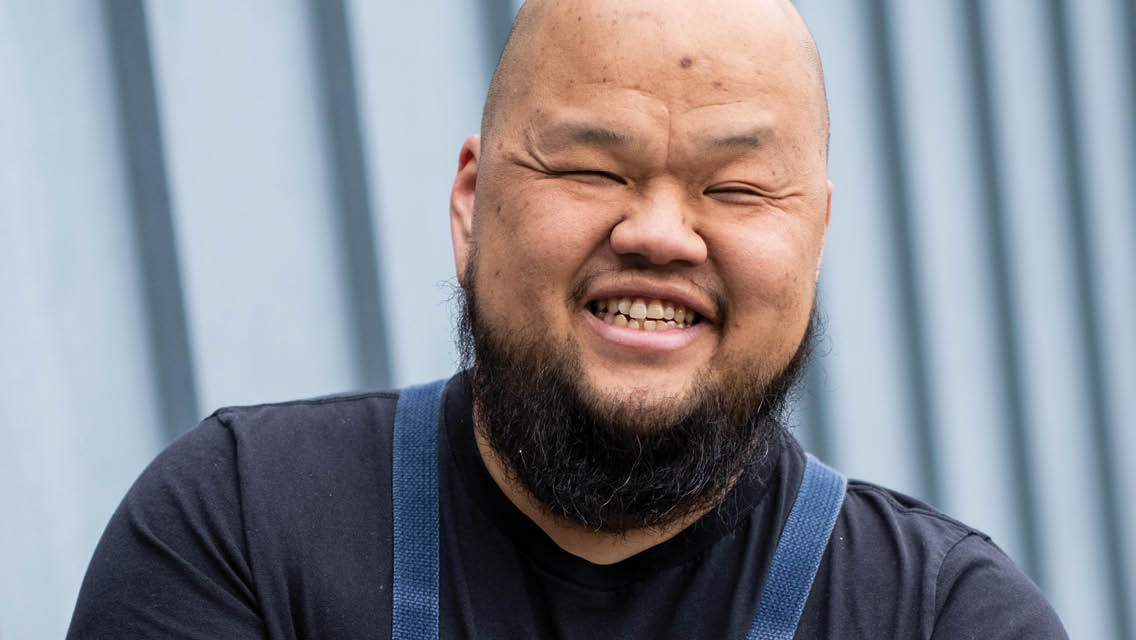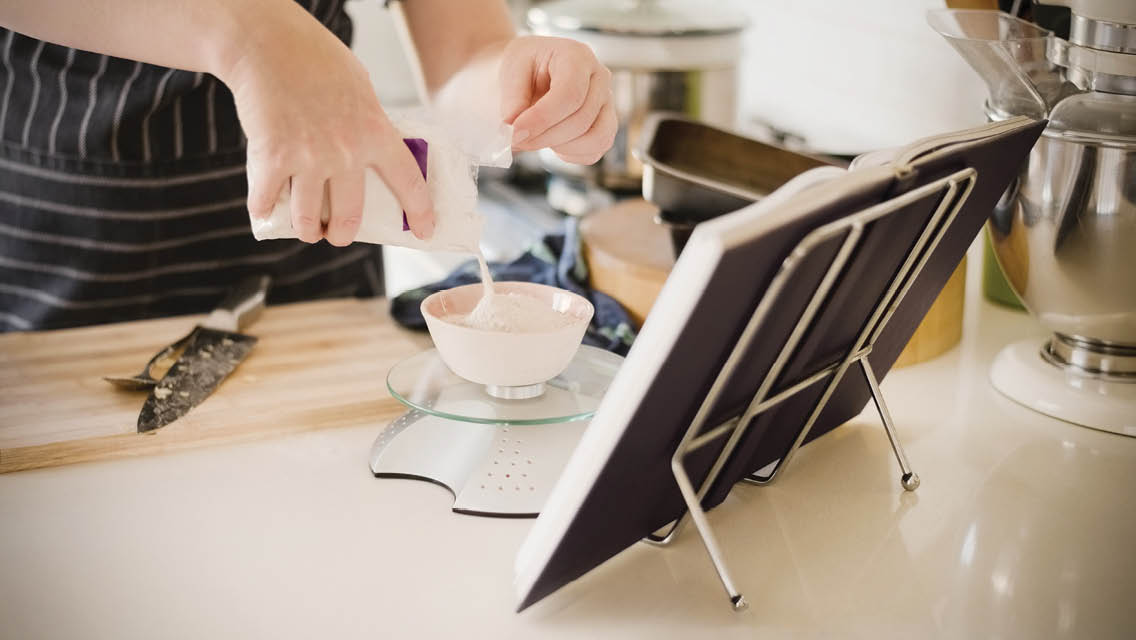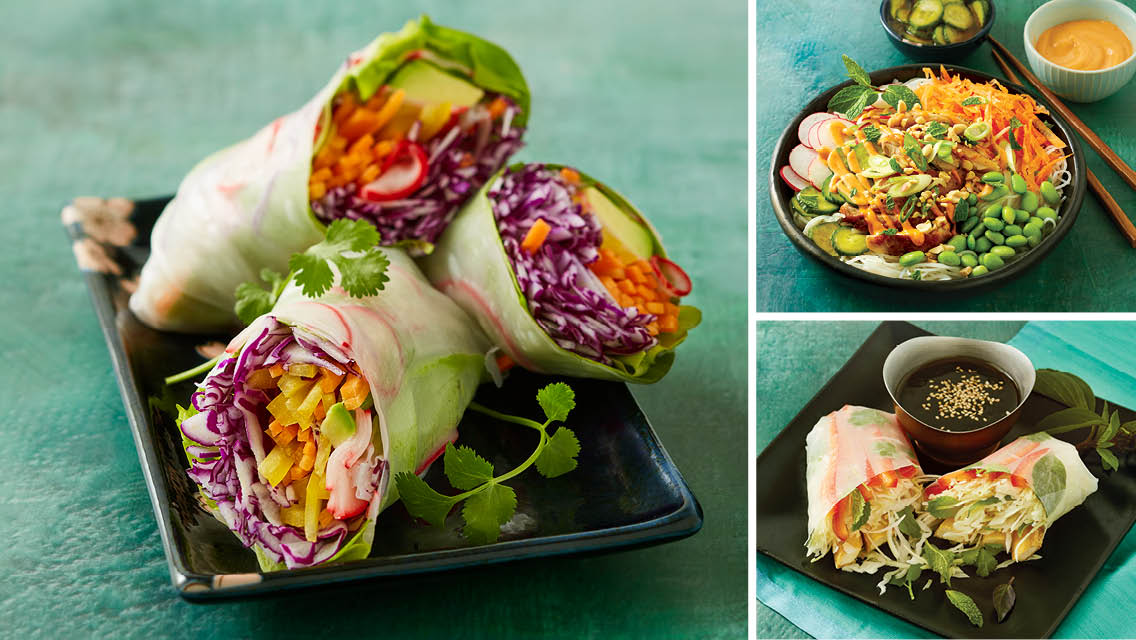If your palate enjoys flavorful, open-fire dishes infused with unique flavor combinations, you’ll love Yia Vang’s food concoctions. The Minnesota-based chef blends spices and techniques from disparate cultures to create a dish — echoing the rich history of his Hmong ancestry.
“Historically the Hmong, a nomadic group in Southeast Asia, have adapted to every area they’ve lived. Hmong means ‘people without a home,’” Vang says. “In 1988, my family came to the United States from a refugee camp in Thailand, and we took American ingredients and infused them with our own food.”
Vang, who is now the chef-owner of Union Hmong Kitchen, started his career in the kitchen as a dishwasher and worked his way up to cook in several kitchens that influenced his cooking style.
“I take life experiences and restaurants that I’ve worked at and think, ‘How do I make this work so it flows together?’” says Vang. “The first place I worked at was Italian. The second a high-end BBQ and blues place. I’d go home and eat mom and dad’s traditional food, and I’d want to infuse all these flavors together.”
I caught up recently with Vang to peel back the layers of his passion for food, community, and culture.
Experience Life | How did growing up in a Hmong family affect your view on food?
Yia Vang | In the Hmong culture women do the day-to-day cooking, but when there’s a big party, men prepare the meat, and women cook the side dishes. In my family, the men would build a makeshift grill. Five to six dads would be sitting around the grill — each with their own tongs — and a cooler of meat. As a kid you would hang out by your dad, and he would cut little pieces off the cooked meat and give it to you.
When I was 10 and my dad was setting up the grill, he handed me the tongs and asked me to watch the meat. I was excited and terrified. It’s the first time I sensed the heat of the fire. I had watched as all these other men fearlessly walked into the fire to grill this meat. I didn’t want to show fear — I was entrusted to take care of the meat. This began my relationship with the type of food I like to cook — open fire, grill, and meat.
EL | What are your memories of cooking as a child?
YV | I grew up cooking for my family. Food drew people together — this is something I noticed at a young age.
I would come home from school and my dad would be watching Peter Jennings. He loved the news even though he couldn’t understand it. My brother would translate for him. I would be in the kitchen with dad telling me what to cook. While other kids were out learning soccer I was learning how to slice, dice, chop, and cook.
EL | What is your favorite thing to cook and why?
YV | Whatever I’m interested in at that moment. The seasons impact this a lot too. I get bored if I’m doing the same thing for a few months. It’s good to have my own style, but I always want to be challenging myself and trying new things. Sometimes, though, I just love a full-out Hmong traditional stew of heart, lungs, liver, and intestines. It has a deep, rich earthy taste.
EL | Does being a cook make you more mindful about what you’re putting in your body?
YV | I make fun of my friends that are gluten-free, dairy-free, all the “free” food families. But if I eat that way, I feel better too. When I cook, I’m able to control what I’m putting in my food and body. Quality, fresh ingredients help. Simple seasonings like good salt and cracked pepper go a long way. You don’t need lavender dust.
EL | What is your food philosophy?
YV | 80 percent is the ingredient quality and 20 percent is how you put it together.
EL | What do you mean by quality?
YV | As I cook, I see the ecosystem around me. I’m talking to farmers and going to farmers’ markets and co-ops. I see and respect the process of food and that somebody worked very hard for this. I’m communicating with people in this context and creating a community of relationships. My parents have a farm and during growing season they grow the food for our restaurants. Whatever they grow, we take!
EL | Which food is your vice?
YV | Wendy’s drive-through. After working all day my other biggest vice is frozen pizza or 20-piece chicken nuggets. If I eat that, though, I pretty much just eat vegetables and leaves all day long the next day. I usually don’t have time to eat while I’m cooking, but I’m trying to become more balanced in that too.
EL | How is food a communal experience?
YV | In all of us there’s an urge to want to share with others — stories, life experiences, moments. These things make us human. There is always a food or beverage element in that sharing. It plays the buffer.
When people get together food is the second most important thing there. People are the first. But food jumpstarts the community. If it’s not there, it feels like something is missing. People want to give to each other — even just a glass of water or a cup of coffee. As human beings, we were created for community. We aren’t meant to be alone.
EL | What’s the difference between your restaurants Union Hmong Kitchen and Vinai?
YV | Union Hmong Kitchen is our way of understanding Hmong food in the United States. Vinai is a love letter to my parents — how we illuminate Hmong food and where our story started. Vinai is the name of the refugee camp I was born in. While Union Hmong Kitchen is the gateway to get people to think about Hmong food, Vinai is dissecting it down and honing in on the flavors a bit more.
EL | What are your top tips for someone who is an aspiring chef?
YV | Be quiet. Watch. Absorb and take in. Clear your mind. Once you’re in that state of mind, then get experience. Go work in a kitchen. Understand how hard it is. You may be working 10 to 12 hours, standing. You may not get a break. The cooks that become great chefs learn to be a fan of food and the food scene. Ask yourself why you’re doing things a certain way. Go to a kitchen and say you’re going to be there for at least a year and learn. You can’t just read about it. You have to know things. Things aren’t going to always go how you plan. Everyone thinks it’s this beautiful romantic cooking scene, but there are always problems going on. You need to know three things to be a great chef: how to cook, how to manage a team, and how to run and implement systems.
EL | What was your experience like on The Iron Chef?
YV | Really good. Growing up, I watched the original Japanese version and Iron Chef America — and suddenly I’m sitting in Kitchen Stadium with my team like, Wow we are here! It didn’t really hit us until the flight back and then we had to keep quiet about it for a year.
EL | You’ve also been featured in Bon Appétit, nominated for “Best Chef in the Midwest” by the James Beard Foundation, started the podcast Hmonglish, and launched a line of spice blends. How do you stay grounded?
YV | I visit with my parents. They live an hour away, and I go once every week or two. There’s a quiet humbleness and gracefulness about them. Everything that we’ve built is an extension of their legacy.





This Post Has One Comment
Interesting article Casie, good to see it and that you are still writing!
I hope to make it to the Union Hmong Kitchen someday.
Thanks!